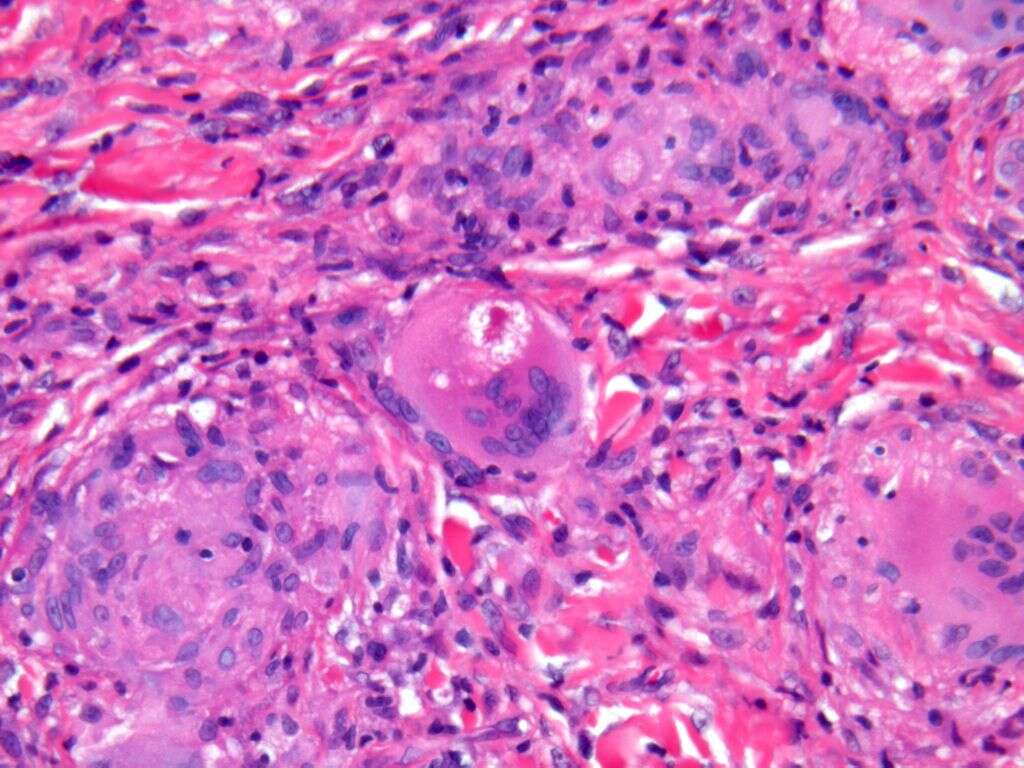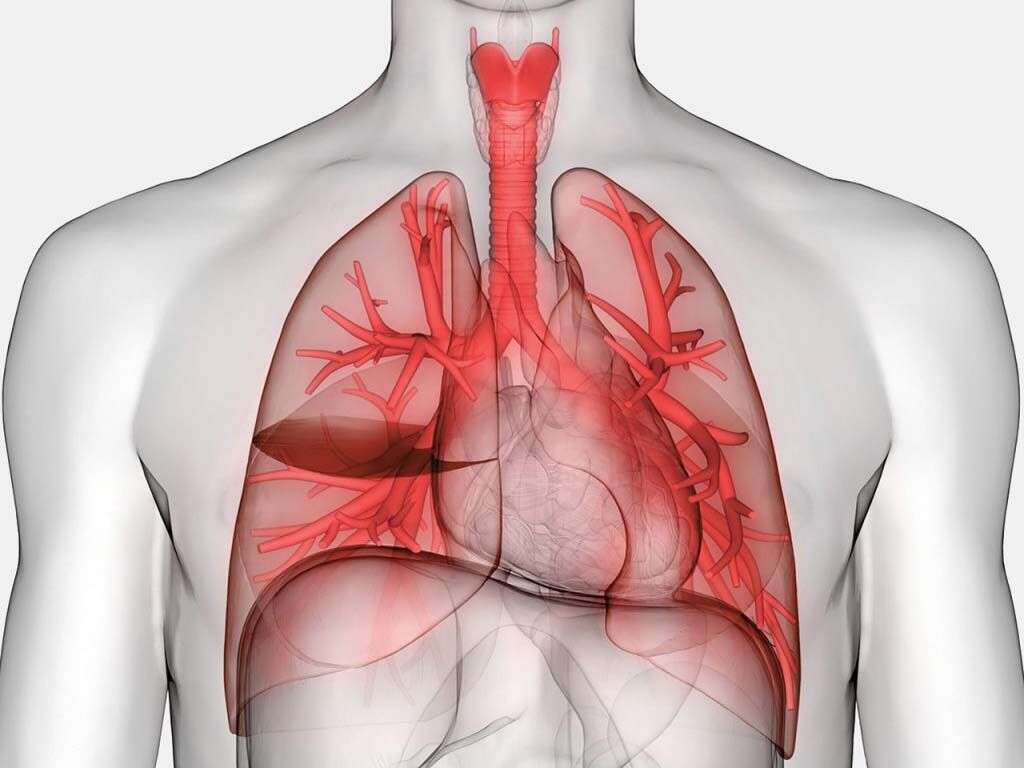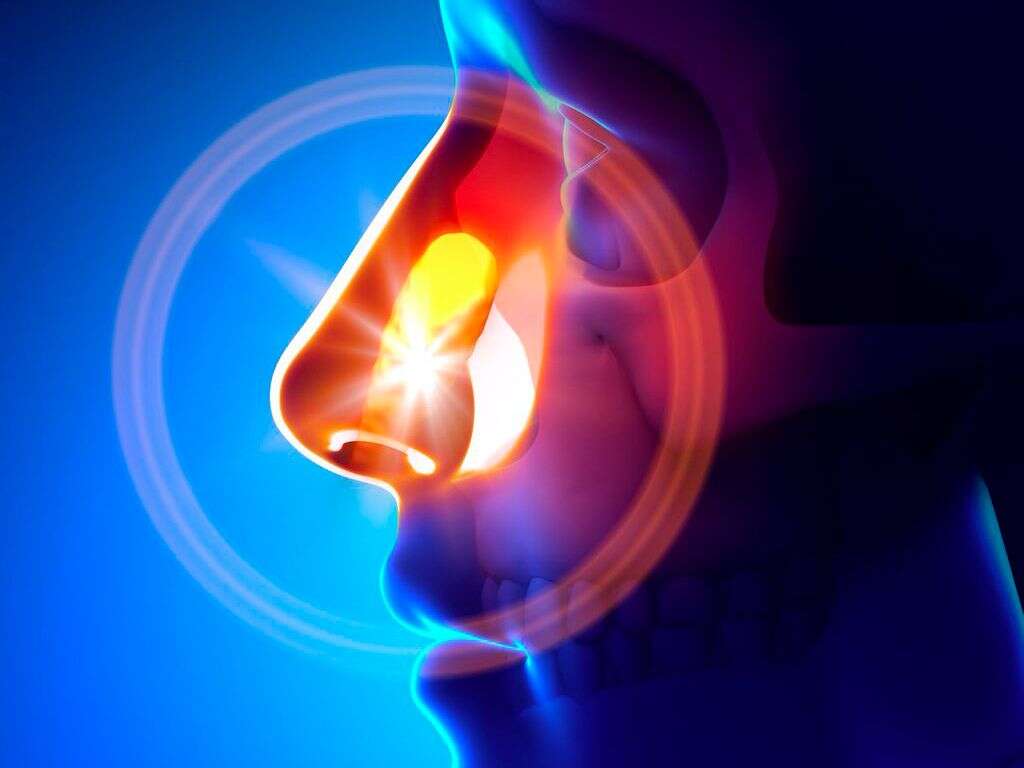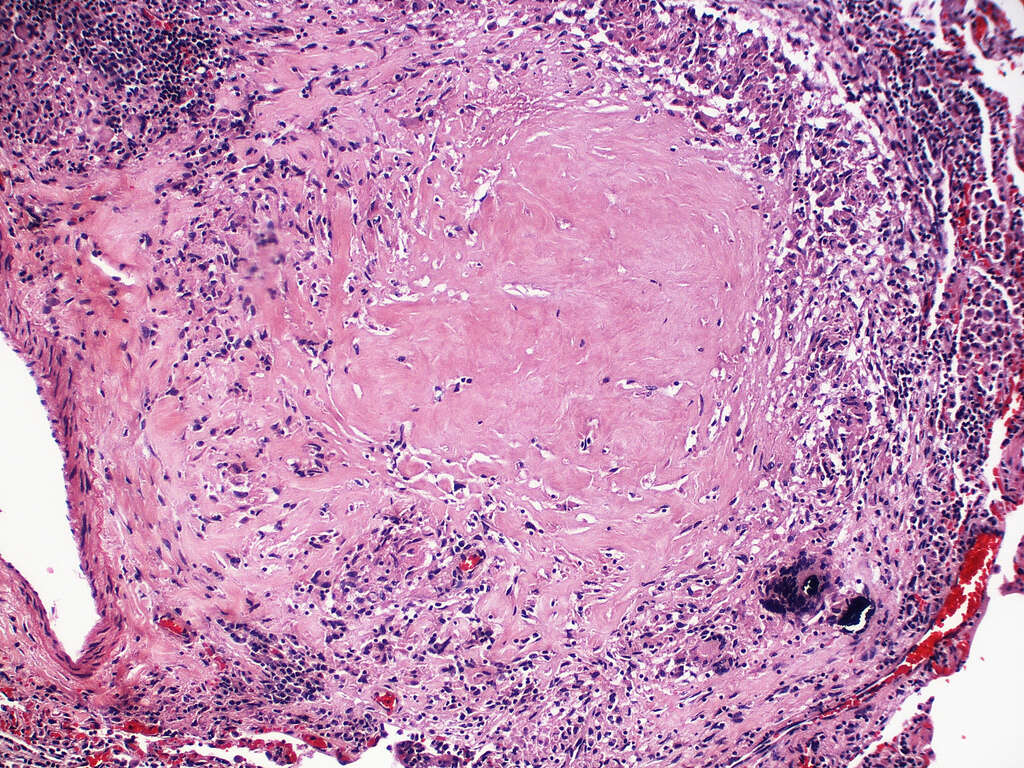What Is Sarcoidosis?
5. Are There Any Known Complications?
Some complications may arise from the ongoing inflammation and formation of granulomas caused by sarcoidosis. For example, hypercalcemia is a condition where too much calcium form in the blood, and it can occur in up to 10% of patients. Also, sarcoidosis can lead to the suppression of PTH, which can lead to hyperthyroidism. Another common issue caused by this disease is vitamin D dysregulation, or low levels of vitamin D.
Beyond the above conditions related to granulomas, sarcoidosis can also lead to problems in the eyes. For example, cataract formation can occur in 14 to 30% of patients as a result of inflammation or steroid treatments. Also, because sarcoidosis can lead to the increased pressure of the optic nerve, it is possible for patients to experience glaucoma, which is why doctors recommend sarcoidosis patients see an optometrist at least twice per year.
Sarcoidosis can also lead to other issues commonly referred to as sarcoidosis syndromes. There are seven common syndromes: fatigue, erythema nodosum, vitamin D dysregulation, small-fiber neuropathy, depression, pain syndromes and cognitive impairment.
Advertisement












